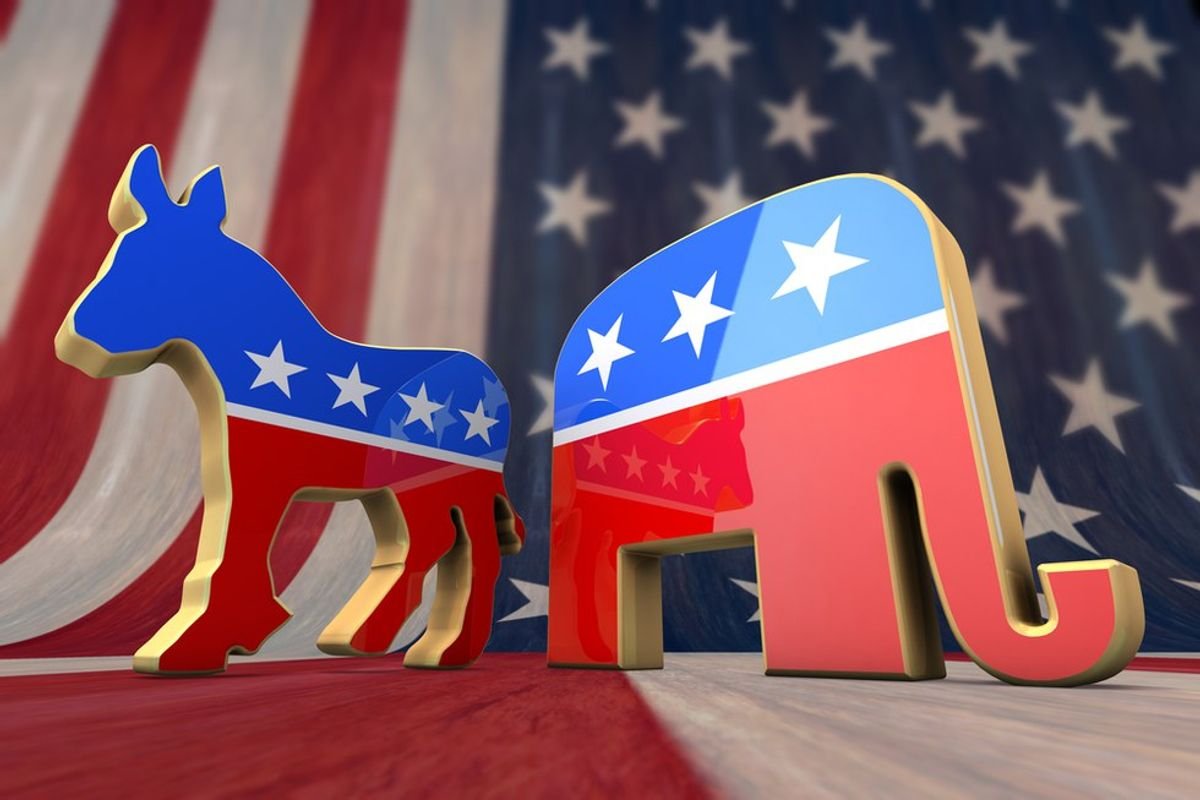
Origins and Traditional Values of the Republican Party
The Republican Party was founded in 1854 as an anti-slavery movement, opposing the spread of slavery in newly acquired territories. Led by figures like Abraham Lincoln, the party upheld principles of individual freedom, limited government intervention, and fiscal conservatism. Its stand against slavery eventually led to the Civil War and the emancipation of enslaved individuals. Over time, the party’s commitment to these traditional values formed its core identity.
Shift Towards Conservatism
The 20th century saw the Republican Party undergo a gradual shift towards conservatism. Barry Goldwater’s nomination as the presidential candidate in 1964 showcased the rising influence of conservative ideology within the party. Although Goldwater lost the election, his campaign laid the groundwork for the Reagan era, which further solidified conservatism as a central aspect of the Republican Party’s platform.
The Reagan Era: Solidifying the Conservative Base
The election of Ronald Reagan as President in 1980 marked a turning point for the Republican Party. Reagan’s tenure was characterized by supply-side economics, tax cuts, and deregulation. His policies appealed to a wide spectrum of conservative voters, effectively solidifying the party’s conservative base. Reagan’s presidency left a lasting impact on American politics and shaped the trajectory of the Republican Party.
Emergence of the Far-Right Wing
In the 21st century, the Republican Party experienced the emergence of a far-right wing, challenging the traditional conservative approach. The Tea Party movement, which gained prominence in 2009, advocated for limited government, reduced taxation, and fiscal responsibility. This movement highlighted a departure from the party’s traditional values and contributed to the widening ideological divide within the party.
The Trump Factor
The far-right shift of the Republican Party gained significant momentum during the presidency of Donald Trump. Trump’s 2016 campaign and subsequent victory were marked by populist and nationalist rhetoric. His “America First” agenda emphasized immigration reform, trade protectionism, and an inward-looking foreign policy, further shaping the party’s ideological direction.
Controversial Policies and Rhetoric
The far-right shift brought forth a series of controversial policies and rhetoric within the Republican Party. Immigration and border control became central issues, with calls for stricter immigration laws and heightened border security. Social issues, such as LGBTQ+ rights and abortion, also became contentious topics, causing internal divisions and debates within the party.
Polarization and Divisions
The far-right shift contributed to increased polarization in American politics. Internal divisions between traditional conservatives and far-right members hindered bipartisan cooperation, leading to legislative gridlock on various issues. This growing divide not only affected the functioning of the government but also impacted the overall political discourse in the country.
Changing Voter Base
The Republican Party’s far-right shift also brought changes in its voter base. It appealed to working-class Americans and those disillusioned with the political establishment. This shift required the party to adapt its messaging to resonate with a broader range of voters while keeping its core principles intact.
Challenges and Criticisms
The far-right shift faced significant challenges and criticisms. Critics raised concerns about divisive rhetoric, xenophobia, and intolerance within the party. Furthermore, the party’s departure from its traditional conservative values garnered criticism from some party members and outside observers.
The Future of the Republican Party
The future of the Republican Party remains uncertain. Finding a balance between traditional conservatism and far-right ideologies will be essential for its continued relevance and success. The party’s ability to address internal divisions and appeal to a diverse electorate will shape its role in shaping American politics in the years to come.
Conclusion
The Republican Party’s transformation towards far-right ideologies marks a defining moment in American political history. From its origins as an anti-slavery movement to its current state, the party’s journey has shaped the nation’s political landscape. Understanding this evolution, its challenges, and implications is crucial to comprehending the ongoing dynamics of American politics.
Learn More
For further in-depth exploration of the transformation of the Republican Party and its impact on American politics, consider these reputable sources:
